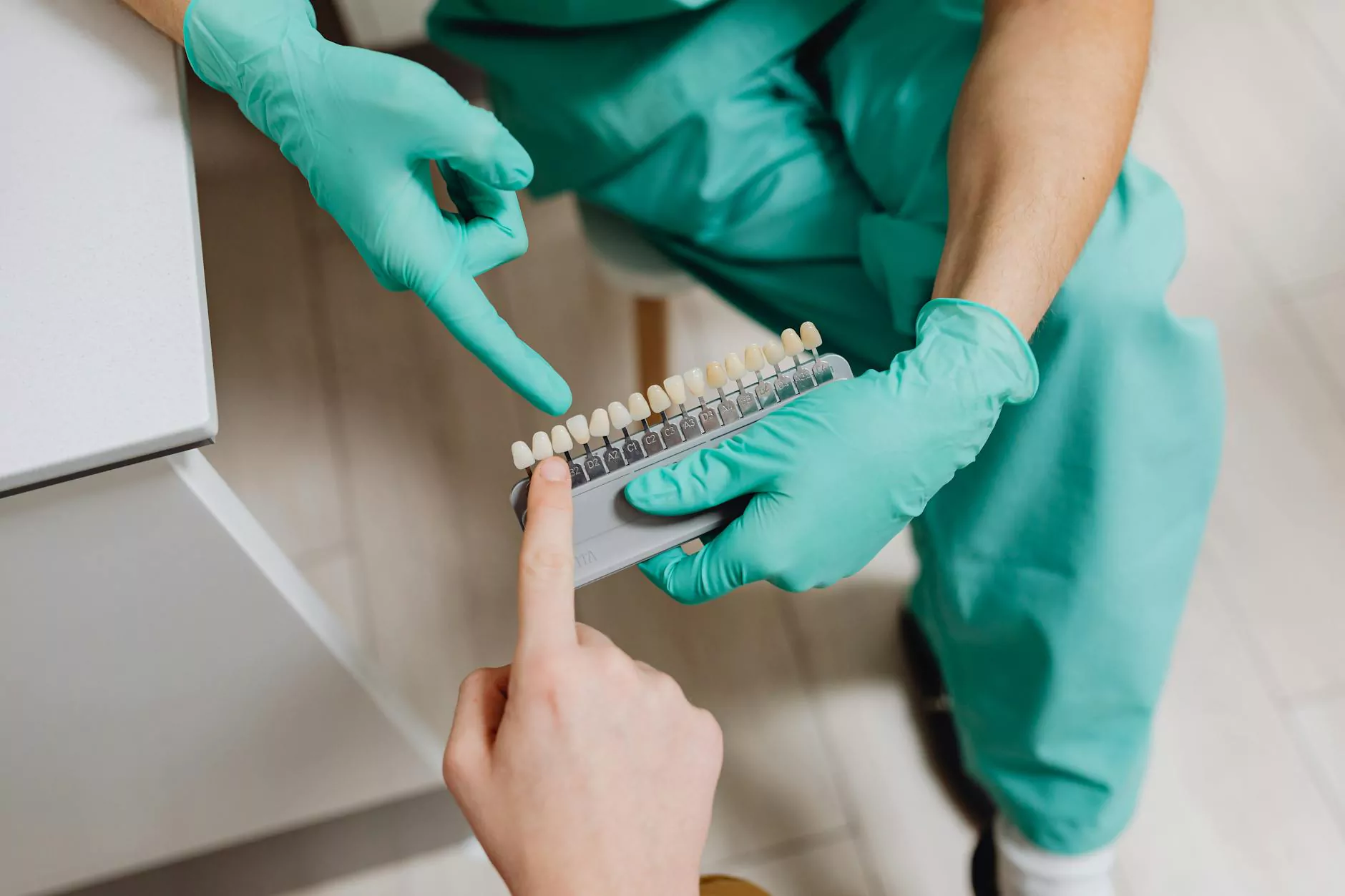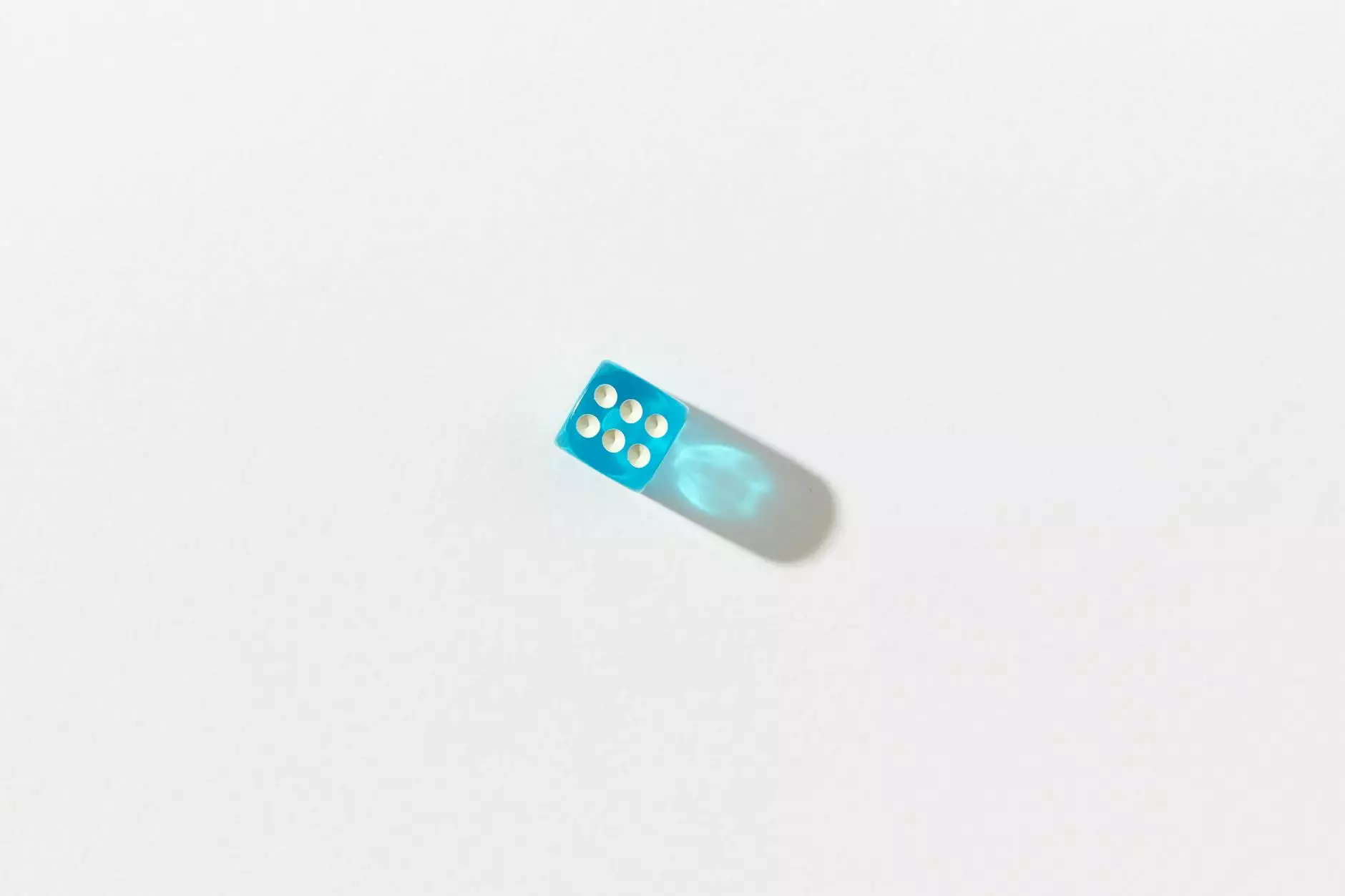Understanding Tendinitis vs Tendinopathy: A Comprehensive Guide

Introduction to Tendon Disorders
When it comes to tendon health, two terms frequently arise: tendinitis and tendinopathy. While often used interchangeably, they encompass different stages and conditions affecting the tendons. For health professionals and patients alike, understanding these distinctions is vital for effective treatment and management. In this article, we will delve deep into what separates tendinitis from tendinopathy, and how healthcare providers can approach these conditions in a clinical setting.
Defining Tendinitis
Tendinitis refers to the acute inflammation of a tendon, typically caused by overuse or injury. It often manifests as pain, swelling, and impaired movement in the affected area. This condition is generally associated with a specific event or activity, leading to a sudden onset of symptoms.
Common Causes of Tendinitis
- Repetitive motion injuries, common in athletes and manual laborers
- Improper technique in sports or exercises
- Sudden increases in physical activity or load
- Age-related degeneration, although tendinitis implies a more acute situation
- Underlying conditions such as rheumatoid arthritis or diabetes
Symptoms of Tendinitis
The symptoms of tendinitis are often localized to the tendon affected and may include:
- Persistent pain during and after movement
- Swelling around the tendon
- Tenderness when touching the tendon
- Reduced range of motion in the joint associated with the tendon
Insights into Tendinopathy
Tendinopathy, on the other hand, refers to chronic tendon injuries, usually involving a combination of degenerative changes and a lack of inflammatory response. This condition can occur after prolonged misuse or repetitive stress to the tendon, leading to deteriorating tissue quality rather than an acute inflammatory response.
Key Factors Leading to Tendinopathy
- Chronic overuse without adequate rest
- Structural changes in the tendon, often seen in longer-term injuries
- Aging, which leads to decreased tendon's resilience
- Improper rehabilitation or failure to follow treatment protocols
- Biochemical changes in tendon tissue with age and activity
Recognizing Symptoms of Tendinopathy
Symptoms of tendinopathy tend to develop gradually and may include:
- Chronic pain and stiffness, often aggravated by activity
- Swelling that may come and go
- A feeling of weakness or reduced function in the affected area
- Pain during specific movements that might not be present at rest
Tendinitis vs Tendinopathy: The Critical Differences
Duration and Nature of the Condition
The primary difference between tendinitis and tendinopathy lies in their duration and nature:
- Tendinitis is typically acute, arising after a specific event.
- Tendinopathy is generally chronic, developing over time due to repetitive stress.
Pathology and Tissue Response
Another critical difference involves the pathological nature of these conditions:
- The tissue changes in tendinitis are characterized by inflammation.
- In tendinopathy, there is a significant amount of degeneration and a lack of inflammatory markers.
Treatment Approaches for Tendinitis and Tendinopathy
Managing Tendinitis
Effective treatment of tendinitis generally focuses on reducing inflammation and pain, promoting healing, and restoring mobility. Suggested interventions include:
- Rest and activity modification to avoid aggravating the condition
- Ice therapy to reduce swelling
- Anti-inflammatory medications as prescribed
- Physical therapy, focusing on gentle stretching and strengthening
- In some cases, corticosteroid injections may be utilized
Addressing Tendinopathy
Management for tendinopathy requires a more nuanced approach, with a focus on rehabilitation and tissue remodeling:
- Gradual reintroduction of activity and exercise
- Specific strengthening exercises to foster tendon resilience
- Eccentric training, which has shown to be beneficial for tendon health
- Addressing any underlying biomechanical issues with professional assessment
- In chronic cases, advanced treatments such as shockwave therapy or PRP (platelet-rich plasma) injections may be considered
Prevention Strategies for Tendon Health
Preventing Tendinitis
To prevent tendinitis, individuals should observe the following:
- Incorporate proper warm-up routines before engaging in physical activities
- Maintain a balanced training program that emphasizes technique
- Gradually increase the intensity of exercises
- Engage in regular strength and flexibility training
- Cross-train to mitigate repetitive strain on specific muscles and tendons
Preventing Tendinopathy
For chronic tendon injuries, consider adopting these preventative measures:
- Employ progressive loading strategies in training
- Ensure adequate recovery time between intense sessions
- Focus on nutrition to support tendon health, including adequate protein and vitamins
- Listen to your body and modify activities if pain persists
- Regularly assess and modify techniques and equipment to minimize strain
The Role of Health Professionals in Managing Tendon Disorders
For healthcare practitioners, understanding the distinctions between tendinitis and tendinopathy enhances patient care. Here are key strategies for effective management:
- Conduct comprehensive assessments including patient history and physical examinations to differentiate between these conditions
- Incorporate evidence-based treatment protocols and ongoing education in tendon health
- Communicate effectively with patients regarding their conditions to foster understanding and adherence to treatment
- Encourage a supportive rehabilitation environment, facilitating patient engagement in their recovery
- Stay updated on the latest research and trends in tendon health for continued improvement in patient outcomes
Conclusion
In summary, comprehending the differences between tendinitis vs tendinopathy is essential for effective diagnosis and treatment. As healthcare providers continue to navigate these complexities, it’s crucial to adopt evidence-based approaches to management, share knowledge with patients, and emphasize prevention. By fostering an environment of understanding and care, we can aid in the recovery and health of individuals suffering from tendon-related conditions.









